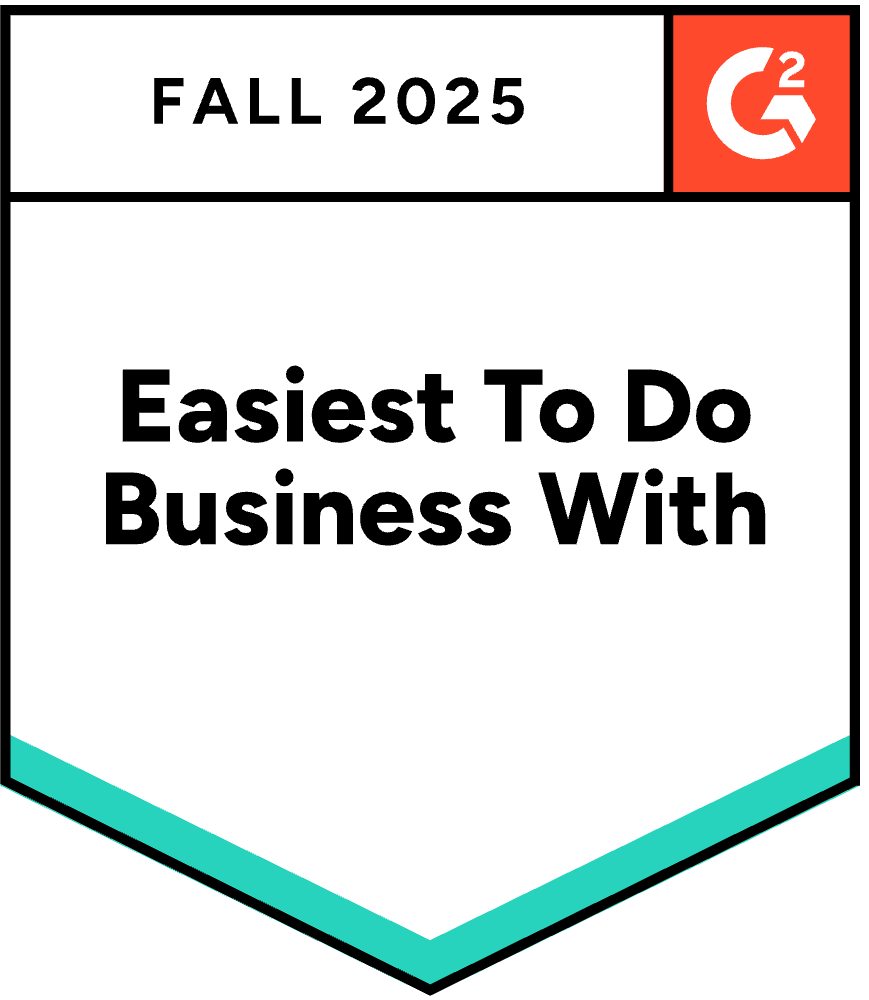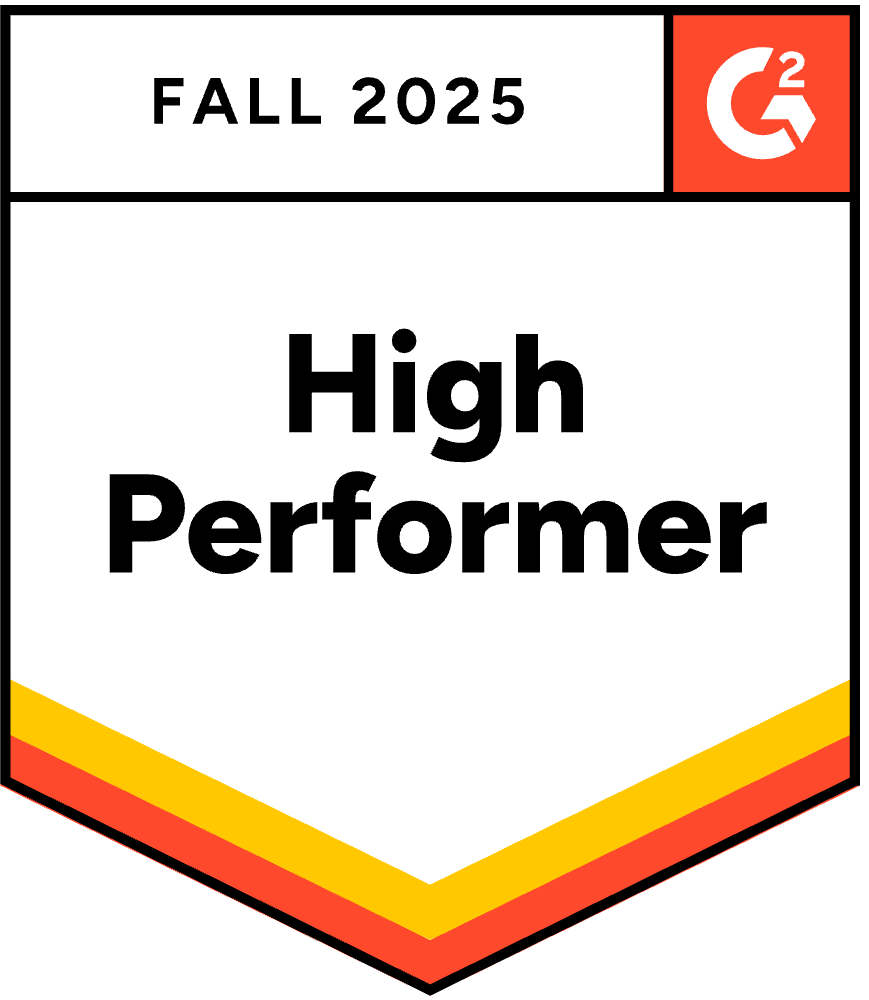A Simple RFP Go/No-Go Decision Framework
March 6, 2025
By
Evie Secilmis

Guest post written by Matthew Graybiel:
Matt Graybiel is a seasoned pre-sales leader with deep expertise in technical sales, identity management, and security solutions. Over his career, he has built and led high-performing sales engineering teams, overseen countless RFP and proposal cycles, and developed strategies to improve efficiency in complex sales motions. The views expressed here are his own.
Why Go/No-Go Decisions Matter More Than Ever
Let’s be honest — the RFP process can be a grind. When an RFP hits your inbox with no context, you're immediately forced to spend hours just figuring out whether it’s worth the effort.
That’s why a sharp RFP go/no-go decision matters. It protects your time and ensures you focus on winnable deals, not distractions.
Teams often default to “submit everything,” but that approach drains resources, slows down pipeline velocity, and tanks morale. As one proposal manager jokingly put it:
“The worst qualification line I’ve ever heard?
‘Of course it’s qualified — I found it on the internet.’”
If that feels familiar, you're not alone.
To fix it, we need structure. We need confidence. And increasingly — we need AI to help eliminate the noise.
What Is an RFP Go/No-Go Decision?
A Go/No-Go decision is a structured process used to determine whether your company should respond to an RFP.
Instead of relying on opinions or optimism, you evaluate the opportunity against clear criteria — ideally via a consistent checklist or framework.
See our full guide for foundational definitions:
👉 Mastering the Go/No-Go Decision in RFPs
For glossary readers:
👉 Go/No-Go Decision — Glossary
This isn't about chasing every “maybe.” It's about avoiding the wrong “yes.”
The Philosophy: Eliminate Losers, Focus on Winners
Smart teams don’t evaluate RFPs to find reasons to bid — they evaluate them to find reasons not to.
Every hour spent on an unwinnable RFP is an hour you aren't helping close a high-probability opportunity. This mindset shift alone increases win rates.
Key Benefits of a Formal Go/No-Go Process
✅ Greater Forecast Accuracy
Fewer phantom pipeline deals, cleaner CRM, better forecast calls.
✅ Objective Decisions
No more “happy ears.” Evidence-based qualification replaces gut feel.
✅ Higher Win Rates
Resources go to deals where your team actually has leverage.
📎 Bonus reference: RFP Response Best Practices
A Simple Three-Question Framework
Start here before you scale into scoring models:
A Tiered Evaluation Model
As your process matures:
Basic: 5–7 core questions
Intermediate: Checklist (15–20 criteria)
Advanced: Weighted score matrix for enterprise deals
Where AI Fits Into Go/No-Go Decisions
AI shouldn’t write your RFPs — but it absolutely should read them.
Example:
✅ Upload a 150-page RFP
✅ Iris analyzes & highlights mandatory requirements, risk flags, deadlines, competitors
✅ You get a qualified summary in 30 seconds
More on that here:
👉 How Iris AI Transforms RFP Evaluation
Iris becomes your assistant — not your expert.
Human judgment stays in the loop. AI just accelerates the research burden.
After the Decision: No-Bid or Green-Light
If it's a No-Go
Send a respectful no-bid message:
👉 How to Decline an RFP Professionally
If it's a Go
Mobilize fast, kickoff call, and leverage automation:
👉 RFP Response Automation Guide
FAQs
How do I convince sales not every RFP deserves a response?
Reframe qualification as a win-rate multiplier. Show how focusing on strategic RFPs produces more revenue. Example coaching model:
👉 RFP Strategy Strengthens Your Brand
Is Go/No-Go overkill for small teams?
No — start lightweight. Even 3 questions prevents waste.
How do I tell prospects we’re not bidding?
With respect & clarity — decline professionally, protect the future relationship.
Final Takeaways
- Saying no is a strategic win
- Use frameworks — not instinct — to qualify
- Let AI handle the grind, not the judgment
- Focus talent where it matters most
Want to qualify RFPs in minutes — not days?
See how Iris accelerates decision-making with intelligent document review:
👉 Get a custom Iris demo
Share this post
Link copied!



















